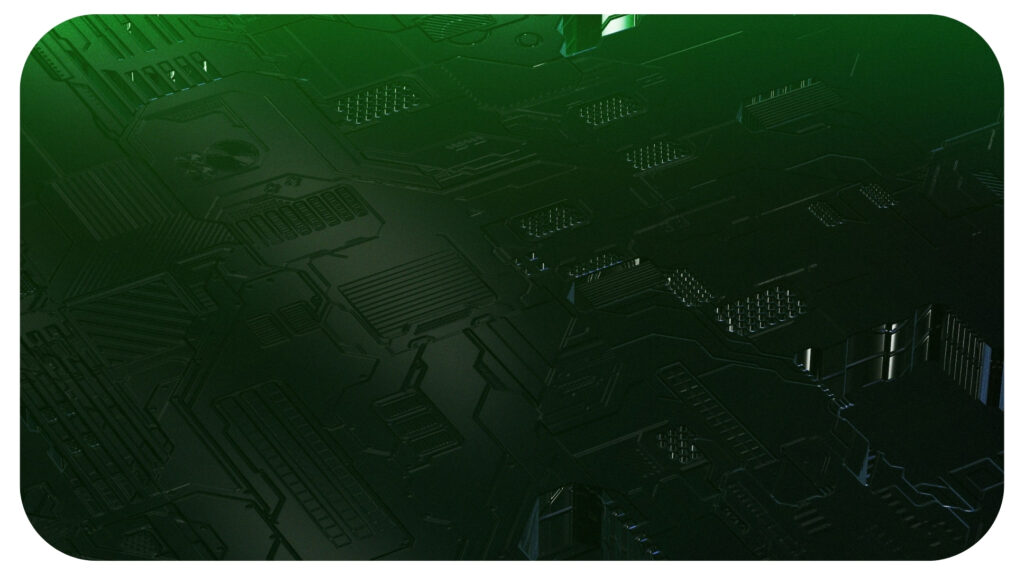Harnessing IIoT for Predictive Maintenance: Stuart Frost’s Vision for Smarter Factories
This post was last updated on April 3rd, 2025

Today’s factories are transforming how they operate, driven by the Industrial Internet of Things (IIoT). As machines become interconnected, businesses gain access to real-time data that improves decision-making. Predictive maintenance, powered by IIoT, minimizes unexpected downtime and extends equipment life.
By addressing potential issues before they escalate, companies save time, reduce costs, and ensure smoother operations. This shift presents a smarter, more efficient approach to managing modern manufacturing challenges. Stuart Frost, CEO of Geminos, explores using IIoT in predictive maintenance, leading to smart and efficient factories.
Understanding IIoT in Manufacturing
The Industrial Internet of Things (IIoT) is reshaping manufacturing by connecting machines, systems, and people in meaningful ways. This new level of connectivity enables smarter operations by providing instant access to crucial data.
Manufacturers are using IIoT to enhance processes, reduce costs, and stay competitive in an industry driven by innovation. IIoT refers to the seamless integration of smart devices, sensors, and software in industrial environments.
“Unlike traditional systems, IIoT enables equipment to communicate, share data, and process information without human intervention,” says Stuart Frost. “Think of it as a network of talking machines, each contributing insights to improve how factories are run.”
These connected devices monitor operations, measure performance, and detect potential issues. The result is a system that works smarter, not harder. The key difference between IIoT and consumer IoT lies in scale and purpose. While consumer IoT supports personal convenience (like smart home devices), IIoT is designed for large-scale efficiency.
In manufacturing, efficiency is everything. IIoT helps eliminate guesswork by turning raw data into actionable insights. Machines equipped with sensors continuously track performance, operating conditions, and wear. This allows manufacturers to detect inefficiencies before they lead to costly problems. Instead of waiting for equipment to fail, IIoT supports predictive maintenance, saving both time and resources.
Beyond maintenance, IIoT optimizes production by keeping everything in sync. Sensors monitor inventory, track shipments, and ensure that resources are used effectively. For manufacturers, this means faster production cycles, lower waste, and higher quality output. In practice, IIoT turns ordinary factories into highly adaptable, efficient operations.
Predictive Maintenance Explained
Predictive maintenance is changing how factories handle equipment upkeep. By using sensor data and analytics, businesses can detect issues before they turn into expensive problems. Instead of responding to equipment failures after the fact, predictive maintenance helps teams take action at just the right time.
Predictive maintenance is a strategy that monitors equipment performance and health using real-time data and advanced analytics. The goal is to predict when a machine is likely to fail, so maintenance can be performed right before failure occurs. This process relies on data from sensors embedded in machinery. These sensors collect information on temperature, vibration, pressure, and other factors, allowing teams to identify potential problems early.
Unlike routine or reactive maintenance, predictive maintenance focuses on need-based actions rather than scheduled or emergency fixes. The data gives you a clear idea of what might happen so you’re better prepared. This method ensures machinery gets the right care at the right time, reducing waste and inefficiency.
Factories shifting to predictive maintenance gain a competitive advantage. They operate more efficiently, avoid expensive surprises, and ensure their equipment performs at its best. With technology driving these insights, businesses can focus on delivering consistent, high-quality output.
How IIoT Enhances Predictive Maintenance
By using the Industrial Internet of Things (IIoT), manufacturers can anticipate equipment needs, saving time and money. With IIoT advancements, factories now rely on smarter systems that ensure machinery works efficiently and without interruptions.
Notes Frost, “Sensors embedded in machinery act as the factory’s eyes and ears. These devices gather information without stopping, monitoring critical factors like temperature, pressure, and vibration.”
Unlike traditional methods relying on manual checks, IIoT sensors allow constant data flow, ensuring even the smallest anomalies are detected. For factories, this means potential issues don’t go unnoticed, keeping operations running smoothly.
The process isn’t overly complicated. Sensors send data to centralized systems instantly, creating a live picture of equipment performance. From the moment a machine operates, it shares its status, providing the foundation for predictive maintenance. This data stream allows manufacturers to track trends and spot irregularities before they lead to costly shutdowns.
While raw data is valuable, it’s only as useful as the insights it provides. Analytics tools process the massive amount of information collected by IIoT sensors, identifying patterns and predicting possible issues. This goes beyond surface-level monitoring by uncovering hidden problems that could cause breakdowns in the future.
Remote monitoring powered by IIoT has redefined how factories oversee their machinery. Maintenance teams can now check equipment status even when they’re miles away. This eliminates the need for constant on-site presence, especially in facilities with critical operations running around the clock.
The Future of IIoT in Predictive Maintenance
As factories adopt smarter processes, the role of IIoT in predictive maintenance continues to evolve. This approach already reduces downtime, saves money, and extends machine life. However, emerging technologies and shifts in workforce roles will shape the next stage of growth. From advanced sensors to changing job requirements, factories are moving toward a more connected and efficient future.
Several cutting-edge technologies are redefining predictive maintenance. Together, they make factories more efficient and reliable. Advanced sensors, powered by innovations in materials science, are becoming more accurate and durable. These sensors collect even more precise data points, capturing subtle changes in machine performance that were previously undetectable.
Artificial intelligence (AI) and machine learning are crucial for processing data faster and with better accuracy. These tools identify patterns and anomalies, offering predictive insights that were once impossible for manual systems to generate. Cloud computing further enables factories to analyze data from multiple locations in real time, making complex maintenance processes more synchronized and responsive.
Digital twins are playing a major role in the advancement of IIoT. A digital twin creates a virtual replica of an actual machine, simulating its behavior and identifying potential failures before they happen. As these technologies evolve, predictive maintenance will become increasingly accurate, efficient, and scalable.
“Workers need to understand how to use and interpret data from sensors, analytics platforms, and other tools. This shift requires more technical skills and familiarity with software-driven systems,” says Frost.
Automation is also reshaping responsibilities. While some tasks are now handled by machines, human workers remain critical. Instead of performing repetitive or hazardous jobs, employees focus on higher-level problem-solving and decision-making.
Training programs are essential to help the workforce adapt. Employees must learn to operate new tools and work alongside automated processes. Factories investing in this training build a more skilled workforce that can manage advanced systems with confidence. This transformation doesn’t eliminate jobs but shifts their focus, creating roles that are both safer and more rewarding.
The integration of IIoT with predictive maintenance is transforming factories into smarter, more efficient operations. Businesses can now anticipate equipment needs, reduce downtime, and extend machinery lifespan with precision. By harnessing real-time data and advanced analytics, manufacturers streamline processes while cutting costs.
Recommended For You
5 Ways the Big Data Impacts SEO Strategy of a Business
Most Inside
Most Inside offers high-quality recommendations and valuable updates to enhance all aspects of your life, providing premium guidance and enriching experiences.




